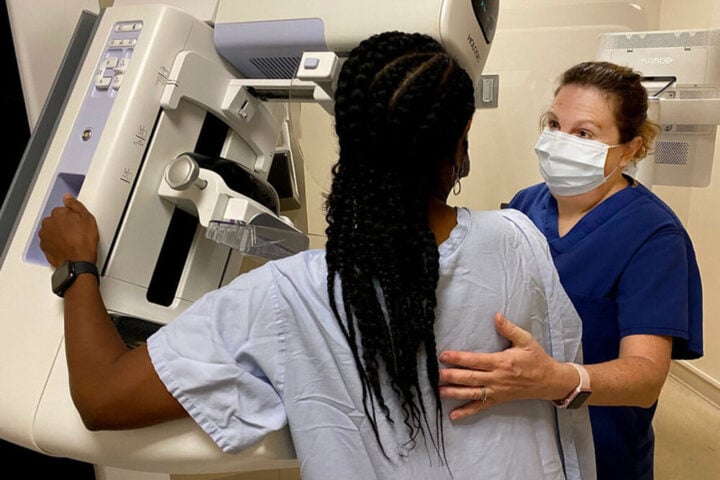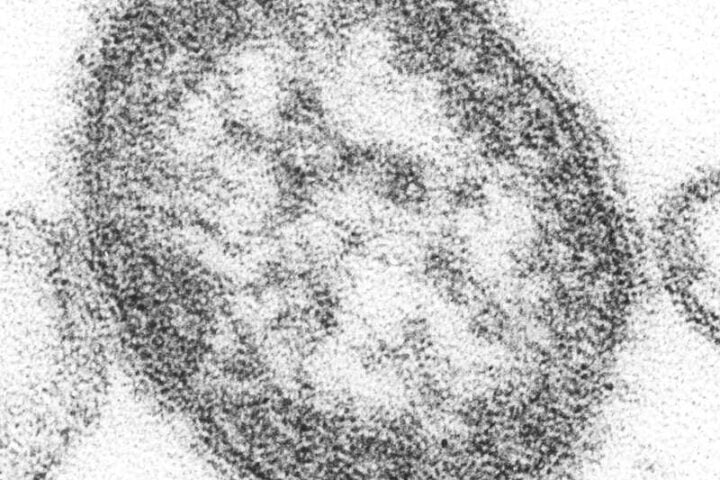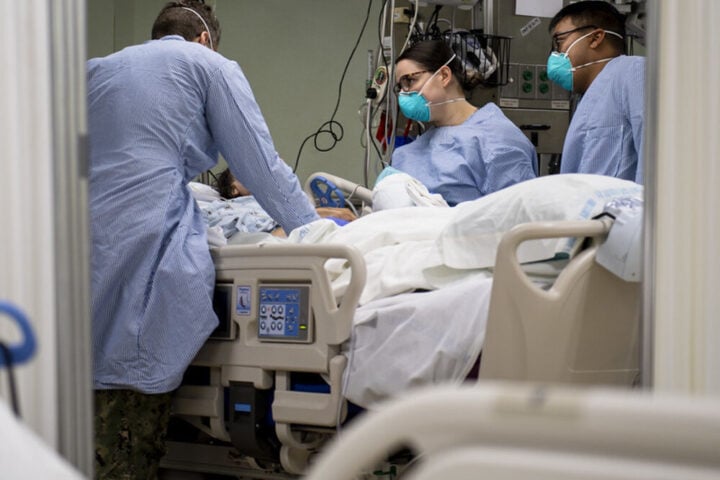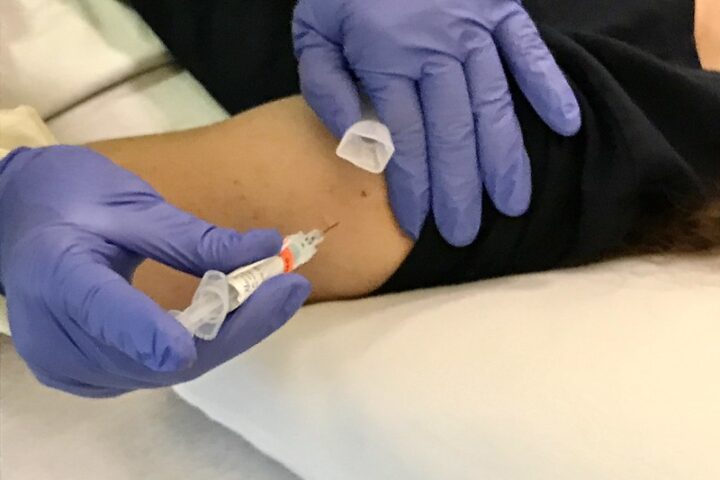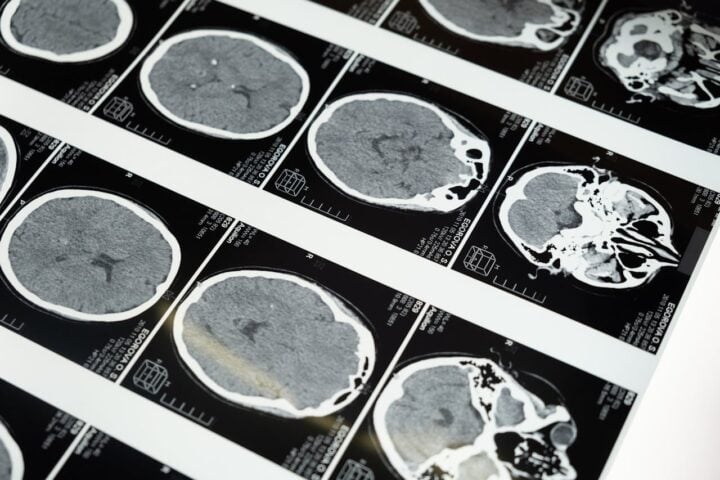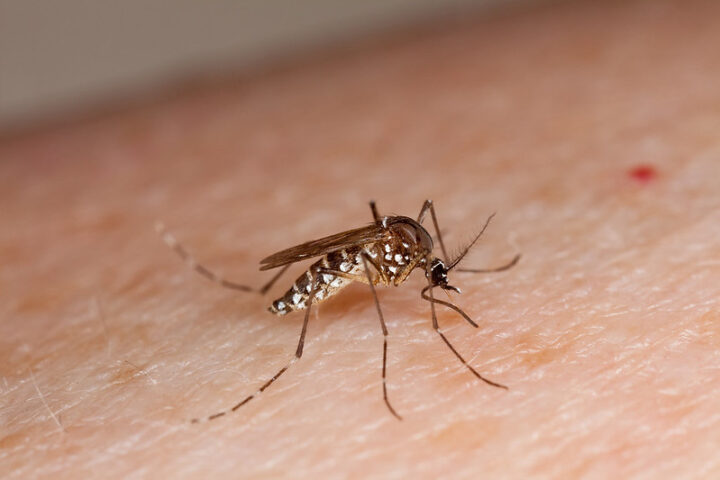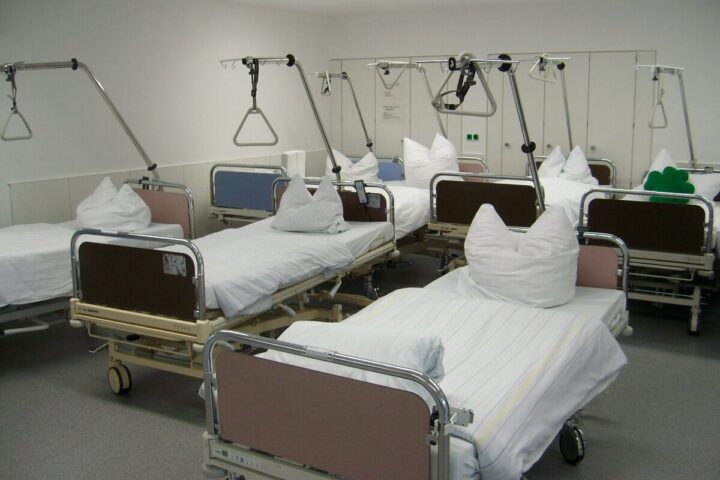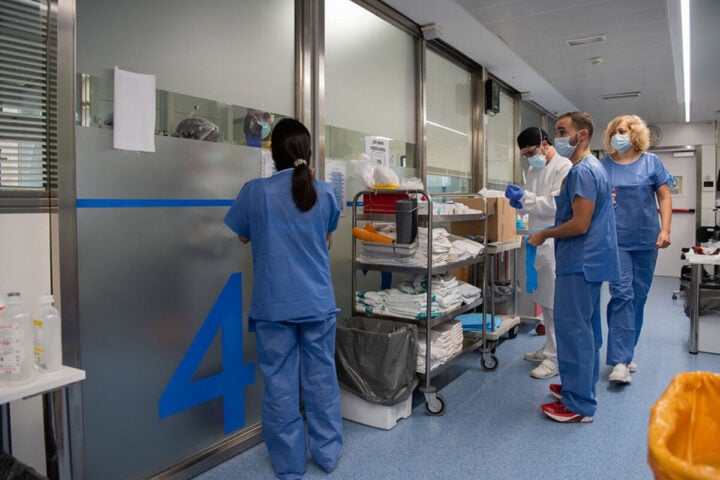The NHS has hit a significant milestone in cancer care, with over 80% of patients receiving their cancer diagnosis or the all-clear within four weeks – the highest rate since records began in 2021.
February 2025 figures show 80.2% of people urgently referred for suspected cancer received their results within 28 days, up from 73.4% in January. This meant more than 203,000 people got quick answers about their cancer status – 8,000 more than the previous month.
The improvement comes alongside a massive boost in NHS capacity, with 3.1 million extra appointments delivered between July 2024 and January 2025, including operations, outpatient visits, and crucial diagnostic tests.
“Today’s figures are yet more evidence of signs of genuine progress across a range of services,” said Professor Sir Stephen Powis, NHS National Medical Director. “It is fantastic to see that a record proportion of people have received vital results from cancer checks within the four-week standard, despite more people continuing to come forward.”
The faster diagnosis rates mean patients can begin treatment sooner if cancer is found or experience relief more quickly if given the all-clear.
Health Secretary Wes Streeting highlighted that waiting lists have fallen for the sixth consecutive month: “We made a promise to the British public that we would create 2 million more appointments for patients in our first year – today we’ve already dwarfed this target and have reached 3.1 million additional appointments in the first 6 months.”
Mixed Progress on Cancer Targets
Despite the success with the 28-day diagnosis standard, other cancer targets remain challenging. Only 67% of cancer patients began treatment within 62 days of an urgent referral in February – well below the 85% target.
Michelle Mitchell, Chief Executive of Cancer Research UK, acknowledged the progress in faster diagnosis but warned that patients still face “unacceptable delays” in accessing vital cancer care. She emphasized the importance of the upcoming national cancer plan expected later in 2025.
Oncologist Pat Price, Chairwoman of Radiotherapy UK, urged the government to ensure the national cancer plan delivers “necessary action to prevent the devastating consequences of delayed or denied access to lifesaving treatment.”
Similar Posts
Broader NHS Improvements
The NHS is seeing improvements in other areas too. The overall waiting list for routine hospital treatment fell to 7.4 million in February, down 26,000 from January and marking the sixth consecutive monthly decrease.
Long waits have also decreased significantly. The number of people waiting over a year for treatment has dropped by more than 111,000 since February 2024, now making up just 2.6% of the total waiting list – the lowest percentage since August 2020.
A&E waiting times have improved, with 75% of patients admitted, transferred, or discharged within four hours in March – the highest number in six years. Ambulance response times for serious but not immediately life-threatening calls were almost 3 minutes faster than the previous month and over 5 minutes quicker than the same month last year.
The NHS delivered around 1.46 million treatments in February, 5% higher than the same period before the pandemic.

While these improvements show real progress, significant challenges remain. The target of having 92% of patients waiting less than 18 weeks for treatment – which the NHS aims to achieve by March 2029 – remains distant, with the current figure at 59.2%.
For cancer patients and their families, the faster diagnosis times offer a crucial improvement in care, potentially reducing the anxiety of waiting for results and allowing treatment to begin more quickly when needed.
Frequently Asked Questions
The NHS has achieved a record 80.2% of patients receiving their cancer diagnosis or all-clear within 28 days in February 2025, up from 73.4% in January. This is the highest rate since the standard was introduced in 2021, meaning over 203,000 people received fast results – 8,000 more than the previous month.
The Faster Diagnosis Standard requires that people referred for suspected cancer by their GP should receive a diagnosis or have cancer ruled out within 28 days (four weeks). This standard was introduced in April 2021 to reduce anxiety for patients and speed up the start of treatment for those diagnosed with cancer.
Yes, NHS waiting lists have fallen for six consecutive months. The overall waiting list dropped to 7.4 million in February 2025, a reduction of 26,000 from January. Long waits have significantly decreased, with the number of people waiting over a year falling by more than 111,000 since February 2024, now making up just 2.6% of the total waiting list.
No, not all cancer targets are being met. While the 28-day diagnosis standard has been exceeded at 80.2%, only 67% of cancer patients began treatment within 62 days of urgent referral in February 2025, which falls well short of the 85% target. Cancer experts have noted that patients still face “unacceptable delays” in accessing treatment after diagnosis.
The NHS has delivered over 3.1 million additional appointments between July 2024 and January 2025. These include elective operations, outpatient appointments, and diagnostic tests. Health Secretary Wes Streeting noted this has “dwarfed” the target of 2 million more appointments in their first year, reaching 3.1 million in just 6 months.
A&E waiting times have improved with 75% of patients admitted, transferred, or discharged within four hours in March 2025 – the highest number in six years. Ambulance response times for serious but not immediately life-threatening calls were almost 3 minutes faster than the previous month and over 5 minutes quicker than the same month last year, despite it being the busiest March ever for ambulance incidents.


![Representative Image: European Starling [49/366]. Photo Source: Tim Sackton (CC BY-SA 2.0)](https://www.karmactive.com/wp-content/uploads/2025/04/Starlings-Drop-82-in-UK-Gardens-as-Birdwatch-2025-Reveals-Record-Low-Count-Since-1979.jpg)

